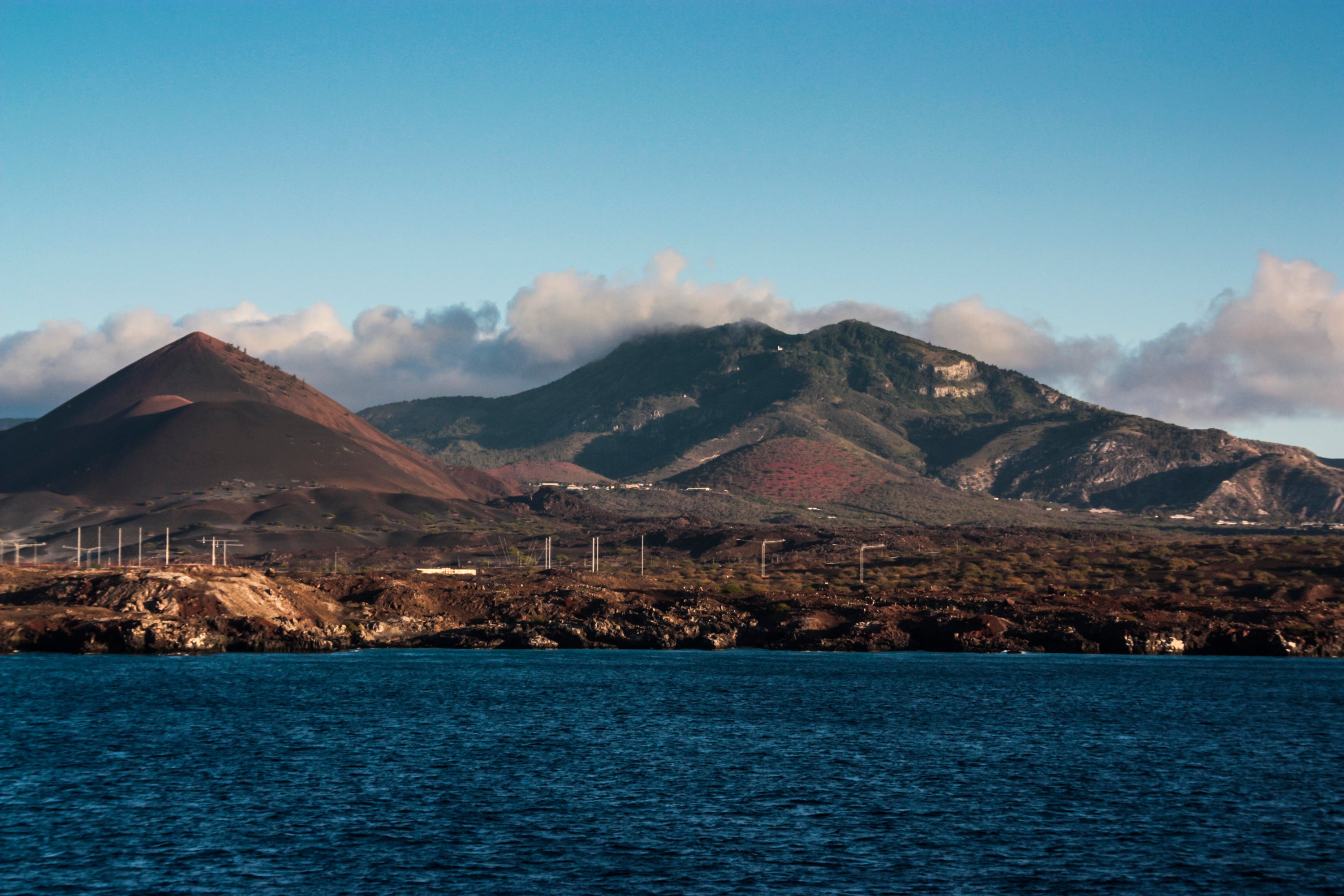Life on Ascension: Children born there have to leave at 18 unless they have a job
Barren, festooned with black rock and satellite dishes, and less than a quarter of the size of the Isle of Wight, the island picked as a possible place to send migrants is rich with wildlife, writes Tricia Hayne. Humans, though, have only ever been temporary inhabitants

From the air, the tiny island of Ascension looks almost lost in the vastness of the South Atlantic Ocean. The tip of a volcano that sits solidly on the seabed some 1.8 miles below, it peeks defiantly above the waves, a stark jumble of red, brown and black rock covering just 34 square miles – less than a quarter of the size of the Isle of Wight.
It’s a daunting, inhospitable-looking prospect, accentuated by the utilitarian airstrip – built by the US in 1942 by agreement with the British government; Ascension is classified as a British overseas territory, in conjunction with St Helena and Tristan da Cunha.
Through the rest of the Second World War, the island played a vital role for US aircraft en route to Europe and Africa and the Middle East, and it proved equally important during the Falklands War in 1982, when it served as a staging post for British military planes. In this huge expanse of water, Ascension remains a valuable asset.
Statistics indicate just how isolated it is. The nearest land – St Helena – is more than 800 miles to the southeast; to reach solid mainland you’d have to head west for over 1,400 miles to the coast of Brazil.
For the green sea turtle, the distance is hard-wired into its DNA. Each year, females make the journey from Brazil to the beach on Ascension Island where they were born, laying their eggs deep in the soft sands before heading back to sea.
At hatching time, turtles outnumber the resident population of barely 800 people and they’re equally impermanent: there is no such status as an Ascension Islander. Only those who are employed on the island – largely military personnel and those in support services such as teachers, dentists, shopkeepers and the like – are entitled to stay here. Even children born on the island have to leave after the age of 18, unless they have a job.
Their interim home appears to be more suited to the animal kingdom than to humans. Huge numbers of sooty terns have colonised the beach south of the airport, improbably large land crabs scuttle among the rocks, gin-clear waters teem with endemic fish and frigatebirds lord it from the skies.
Man’s contribution, by contrast, is rather more haphazard. Like the dinner plates of some lazy giant, huge white satellite dishes are scattered seemingly randomly across barren rocks. Ascension’s very remoteness makes it appealing both to the communications industry and for strategic defence and the overall effect is like something out of a James Bond movie.
In the tiny capital of Georgetown, low-lying buildings are highlighted by the St Mary’s Church, a simple, white-washed gem that is the only privately owned property on the island. A couple of shops, a simple guesthouse, the island’s post office and administrative centre – and that’s it.
But then there is Green Mountain. Rising to a lofty 859 metres, its slopes are swathed from bottom to top in ever-changing shades of green, culminating in towering bamboo thickets drenched in cloud forest that entirely obscure the view. In the 19th century, when Napoleon was exiled to St Helena and Ascension was garrisoned, the whole mountain was bare. Until, that is, the botanist Joseph Hooker came up with an audacious experiment to create much-needed rain. Whether or not rainfall has increased is a moot point, but there’s no doubting that the plants at least, sourced from Kew Gardens, have found a permanent home.
Tricia Hayne is co-author of St Helena, Ascension and Tristan da Cunha: The Bradt Travel Guide




Join our commenting forum
Join thought-provoking conversations, follow other Independent readers and see their replies
Comments